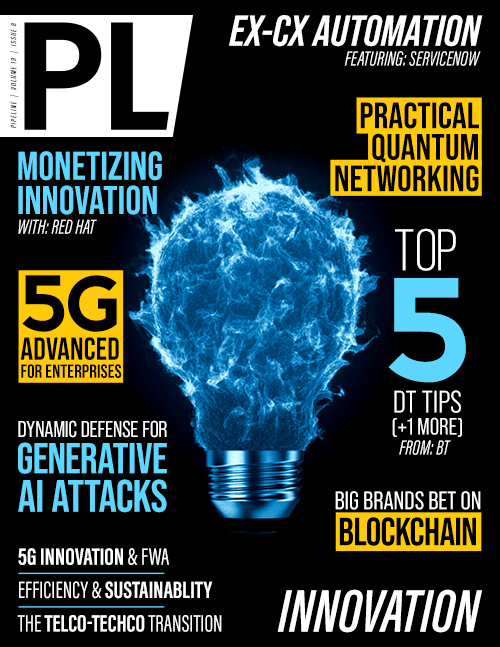Data Center Sustainability:
Going Beyond Energy Efficiency
liquid cooling technologies. Scope 3 emissions account for the indirect emissions generated by a company's entire value chain, such as purchased goods and services, transportation and distribution, and waste disposal. According to guidance from the U.S. Environmental Protection Agency, Scope 3 emissions frequently constitute the bulk of an organization's overall greenhouse gas. As data centers assess their Scope 3 emissions to better understand the carbon lifecycle of their entire footprint from cradle to grave, they are realizing the cost of space isn’t just the price of rent—it’s also the embedded costs, both monetary and carbon. It’s easy to build a square meter of concrete somewhere cheap, but the stored carbon costs of that square meter of concrete are completely unsustainable.
Reducing Scope 3 emissions can be challenging as it requires collaboration and transparency from suppliers, customers, and other stakeholders. However, it is important for data centers to identify opportunities to reduce emissions and implement strategies to achieve sustainability goals, because carbon, if not already, will soon be a fundamental piece of data needed to win new business.
In addition to Scope 3, another area of increasing focus for data centers is cooling. Today's servers are designed to be air-cooled, but given that often approximately 40 percent of a data center's energy (and more in some climates) is being used for cooling, it raises the question of whether air-cooling is the most efficient option. Most data center customers are not aware that when they purchase a megawatt of computing power, they may only run 600 kilowatts of actual, value adding compute due to cooling energy consumption—not a great deal, especially when taking servicing and restricted compute performance into account.
For this reason, we need to look to the future of cooling technologies and the opportunities that they bring. Precision liquid cooling is one of the most innovative on the market today as it eliminates the need for traditional air-cooling infrastructure. A small amount of dielectric coolant is precisely targeted to remove heat from the hottest components of the server, ensuring maximum efficiency and reliability. There are no hotspots that can slow down performance, no wasted physical space on unnecessary cooling infrastructure, and minimal need for water consumption. This results in significant savings—up to 40 percent on energy consumption alone—with zero compromise on performance.
Reducing energy consumption is rapidly becoming one of the top priorities at the edge for telcos. Much of the power usage in a telco network comes from the radio access network (RAN) sites as these locations are powered on 24/7 regardless of customer demand. Open RAN, with its open platform and vendor-neutral hardware standards, is seen as an enabler for more energy-efficient networks. Super-efficient precision liquid cooling-based solutions can mitigate these power constraints while simplifying and significantly driving down maintenance costs.
Overcoming resistance to change
While the benefits of sustainable data center practices are clear, the question remains: are we ready to embrace the necessary changes? It is natural for human beings to be resistant to change, but now is not the time for incremental steps. The climate crisis demands quick action and hard choices. It is not only necessary but essential to approach these problems holistically.
Don't just think about the monetary costs; think about the opportunity costs. It takes two years to build a data center today, but if that could be abbreviated into six months, is that better for the industry? Or consider the cost of failure—if the true cost of downtime is millions of dollars an hour, is that worth not exploring new technologies?
Change can be daunting, and the data center industry is no exception. Historically, data centers have been designed for performance and reliability, rather than sustainability. The industry must overcome its resistance to change in order to embrace more sustainable approaches to data center operations. The benefits of adopting sustainable practices and investing in new technologies go far beyond reducing carbon emissions and stand to improve data centers’ client attraction and retention strategies. Moving beyond incrementalism is necessary to address the climate crisis, and data center providers that take swift action toward sustainability will be better positioned to compete and thrive in the long run.



















